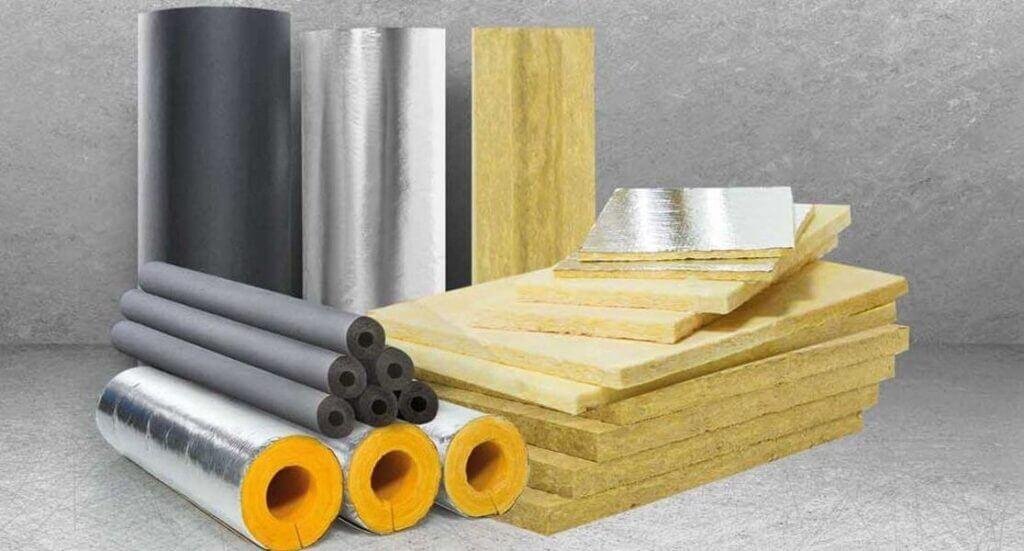The high-performance insulation materials market is experiencing significant transformations, particularly in the realm of retrofitting existing buildings. Retrofitting, the process of updating older buildings with new technologies and materials to improve their performance, has become a crucial component of the global effort to reduce energy consumption and carbon footprints. As cities and regions aim to meet sustainability and energy efficiency targets, the use of advanced insulation materials plays a key role in optimizing the energy efficiency of existing structures, many of which were not designed with modern insulation standards in mind.
The Need for Building Retrofitting
Existing buildings, particularly those constructed before the 1980s, often lack the energy-efficient technologies and materials that are now standard in new constructions. These older buildings typically have poor thermal insulation, leading to significant heat loss in winter and unwanted heat gain in summer. The inefficiency of these buildings not only drives up energy costs but also contributes to increased greenhouse gas emissions. Retrofitting provides a solution to these challenges by improving the energy performance of existing buildings without the need for complete redevelopment or demolition.
Role of High-Performance Insulation Materials
High-performance insulation materials are at the forefront of retrofitting efforts. These materials are designed to provide superior thermal resistance, reduce energy consumption, and ensure long-term sustainability. Traditional insulation materials like fiberglass and cellulose are being complemented or replaced by newer, more effective options that offer enhanced performance in terms of thermal efficiency, fire resistance, and soundproofing.
Spray foam insulation, for example, is highly effective at sealing gaps and cracks, making it an excellent choice for retrofitting. It adheres directly to the surface and expands to fill voids, ensuring a more airtight building that reduces drafts and energy loss. Vacuum-insulated panels, another high-performance option, provide excellent thermal resistance and can be applied in tight spaces, improving insulation without significantly reducing usable space in a building. These technologies enable retrofitting projects to provide energy-efficient results in a variety of building types, including residential homes, commercial properties, and historical landmarks.
Market Disruptions in Retrofitting Technologies
The market for high-performance insulation materials in retrofitting is currently undergoing a series of disruptions driven by advancements in materials science, technology, and regulatory pressures. One of the most significant disruptions is the shift toward more sustainable and eco-friendly insulation materials. As environmental awareness increases, both consumers and governments are demanding more environmentally responsible building materials. Traditional insulation materials, such as fiberglass and foam boards, are increasingly being replaced with bio-based, recyclable, and non-toxic alternatives.
Challenges in Retrofitting with High-Performance Insulation Materials
While high-performance insulation materials offer significant benefits for retrofitting projects, they also come with challenges that need to be addressed. One of the primary challenges is the cost of these advanced materials. High-performance insulations, such as vacuum-insulated panels and aerogels, are often more expensive than traditional materials. This can make retrofitting projects prohibitively costly, especially for smaller property owners or older buildings that require substantial upgrades. However, over time, the energy savings generated by these materials can offset the initial investment, making them a cost-effective long-term solution.
Long-Term Outlook for Retrofitting with High-Performance Insulation Materials
The long-term outlook for the retrofitting of existing buildings with high-performance insulation materials is highly promising. As governments around the world continue to implement stricter energy efficiency standards and climate goals, the demand for retrofitting will only increase. The global push for carbon neutrality and the reduction of building energy consumption presents an enormous opportunity for high-performance insulation materials.







